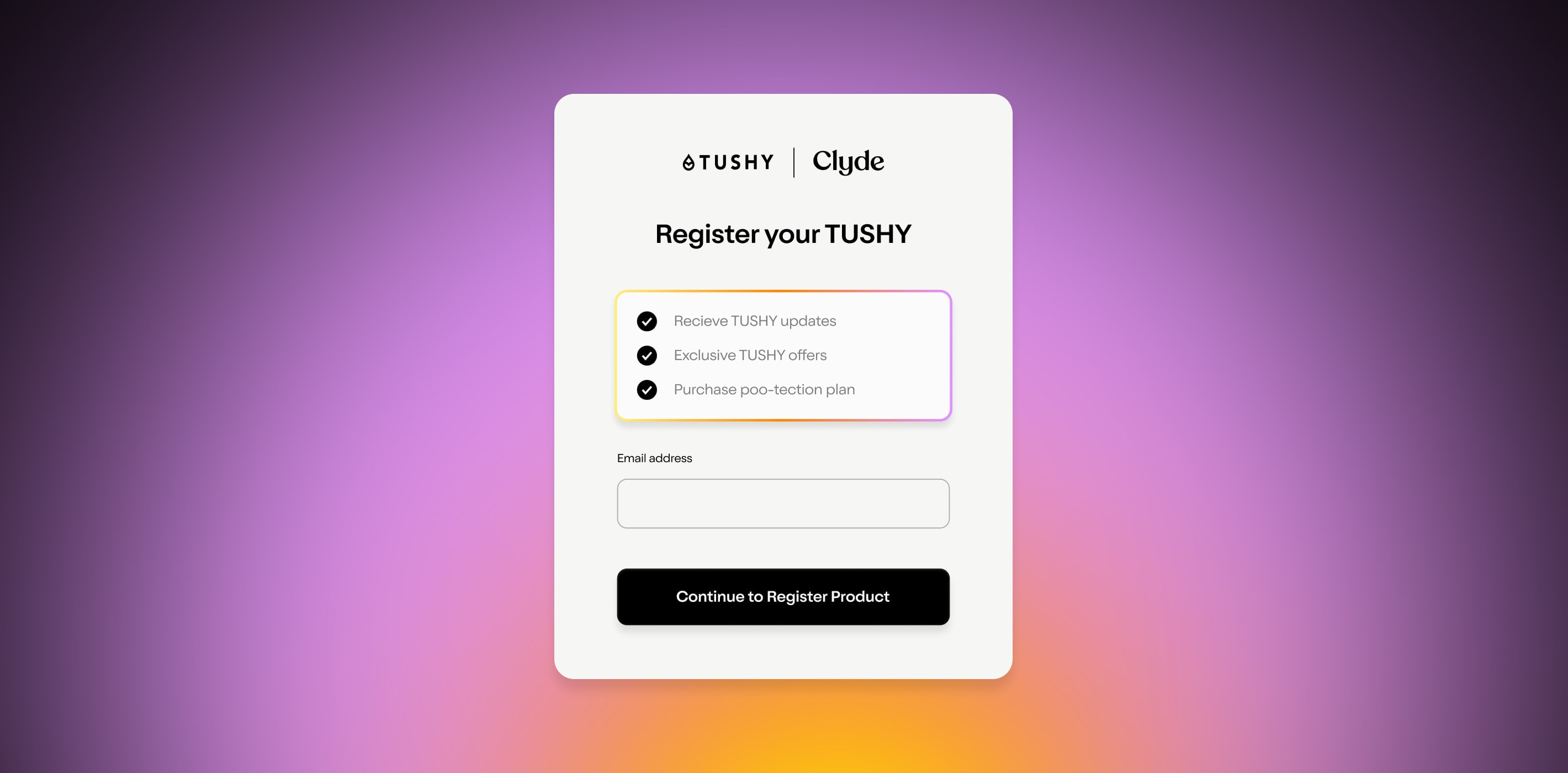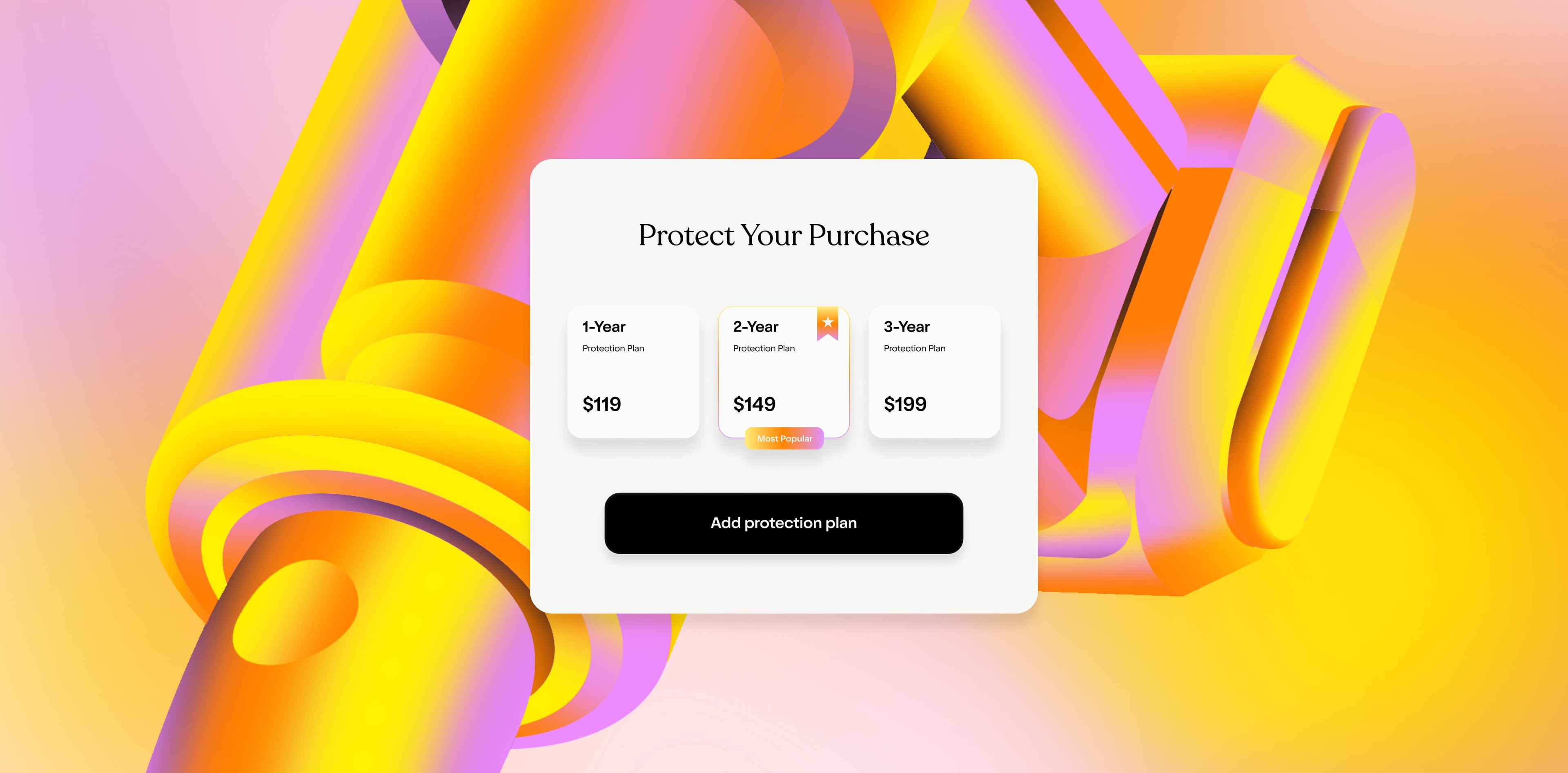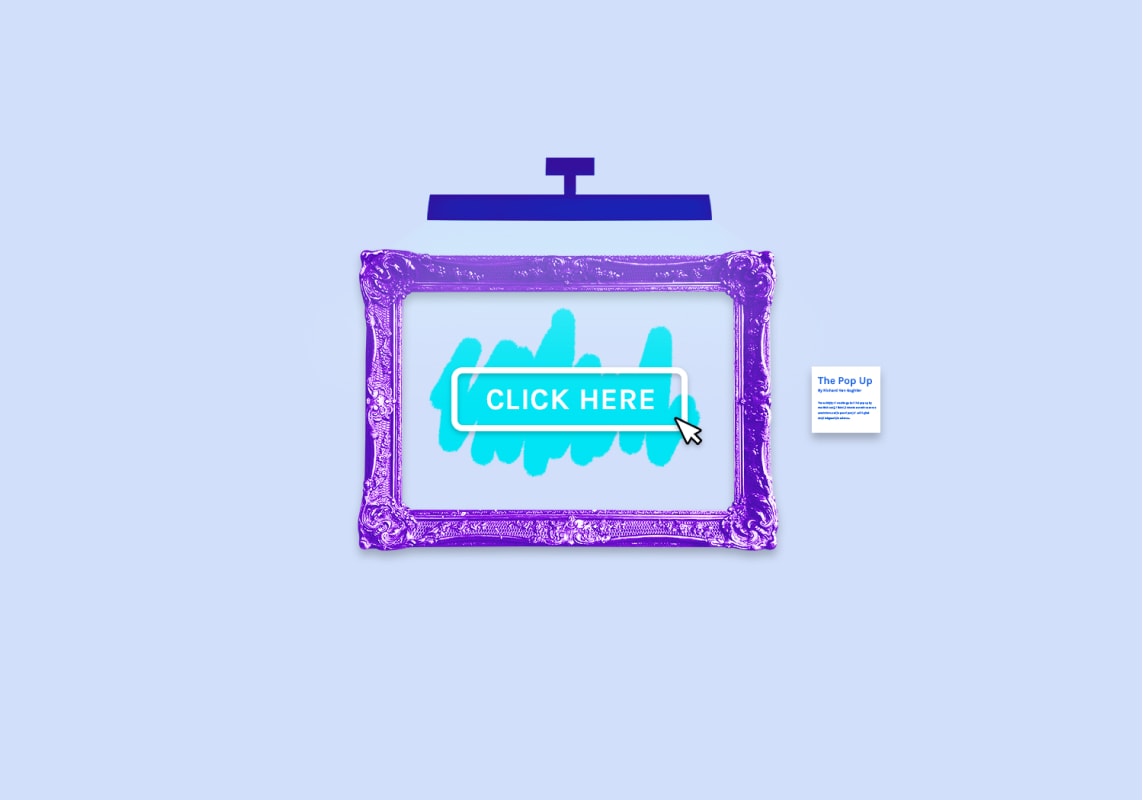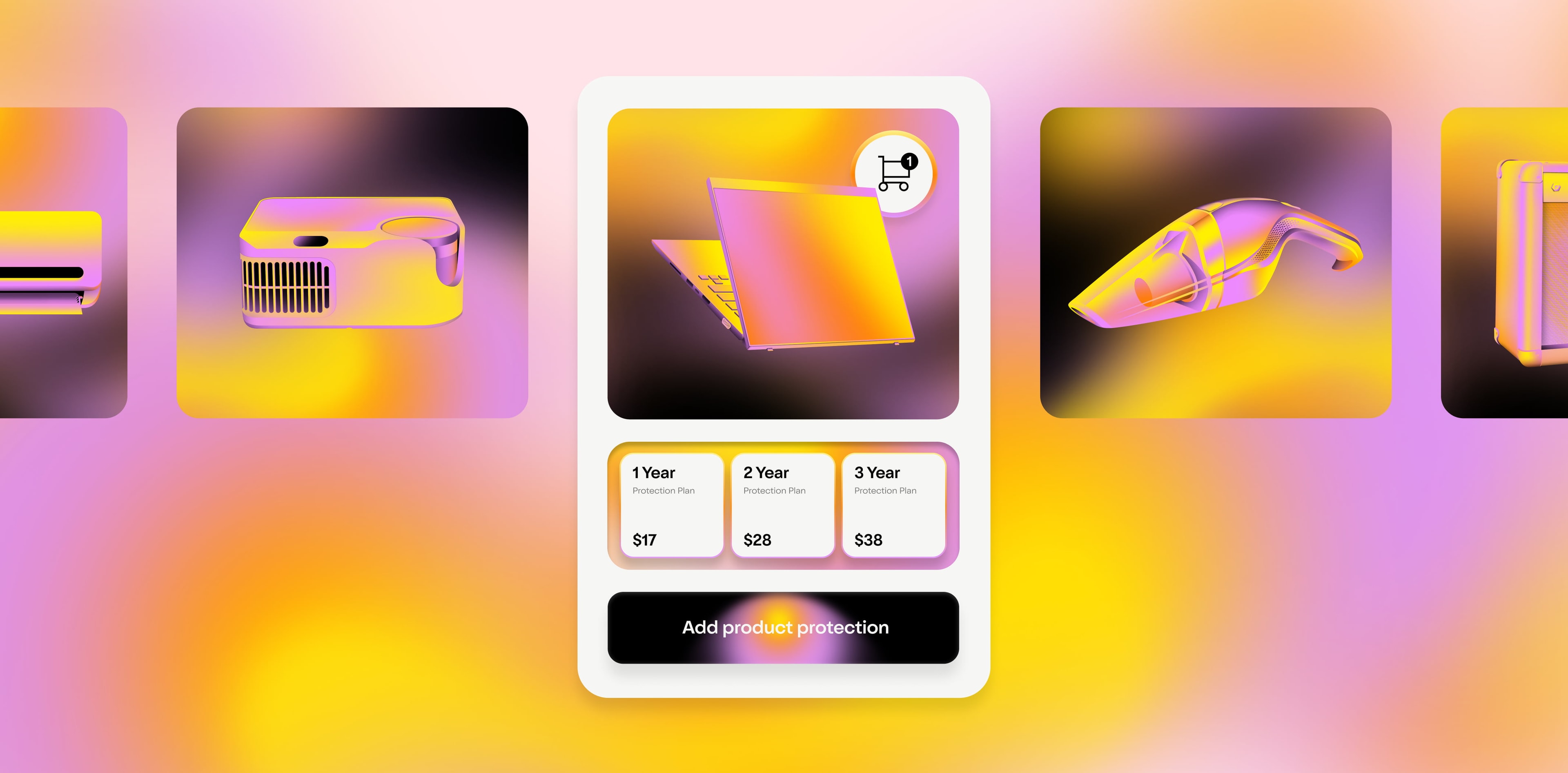2.45 billion.
That’s the number of website visits that Amazon gets each month in the U.S.
At more than double eBay’s number and triple Walmart’s figure, it cements the global retailer as the top ecommerce site in the country.
And for many small and medium businesses, Amazon’s traffic numbers prove that SMBs need to make their products available for sale on the platform.
Who could say no to that kind of exposure?
But all good things come with a cost, and selling via Amazon—or any other third-party retailer—has a steep one.
It’s not just the dollar cost, though that’s not insignificant. (Fees abound : sellers either pay a 99¢ per-unit fee or a $39.99 monthly fee to sell on Amazon, then are charged 8-15% in referral fees, and then, unless they decide to ship products themselves, also have to pay Fulfillment by Amazon fees that start around $3/item and go up to $150/item.)
It’s the cost of missing out on buyer data.
Amazon used to give third-party sellers the names and addresses of all of their Amazon buyers. It wasn’t quite as detailed as the information those sellers had on buyers who came through their own websites, but it was something.
In April 2021 , Amazon changed their policy, and they no longer automatically provide buyer information to sellers.
What’s a third-party retailer to do? Give up—or get creative.
Get your customers to opt-in to giving you their information through a product registration journey .
Customer data is important to retailers. Super-valuable first-party data can:
Influence product decisions
Shape future marketing campaigns
Streamline communications around recalls, replacements, or repairs
But it’s not just retailers who win with registration. Customers benefit, too, since registering their products means:
Being able to easily report any issues or request repair or replacement
Getting communication about any recalls or product notices
Accessing set-up instructions and use guidance
Making a record of their purchase in case they need to return the product or order another
Unlocking unique discounts, product previews, and freebies
Here, we’ll explore the best practices for your product registration process to make it easier for both you and your customers:
Best Practices For Product Registration
1) Make It Easier For Customers' Products to Be Registered
A survey of 500+ consumers conducted by the University of Michigan found that people want to register their products—they just don’t like the effort required to do so.
Check out these key stats:
31% of people always or usually register their purchases, and 24% sometimes do
78% of people are more likely to register expensive products
32% of those who seldom or never register their products don’t do so because they’re “forgetful or lazy”
44% of people who seldom or never register products avoid doing so because it takes too much time or is inconvenient
Simplifying the process can go a long way in boosting your registration numbers. Try:
Making it entirely digital, and mobile-friendly—per a Registria survey , 47% of younger consumers (those aged 18-34) would prefer mobile registration (versus email or paper); you can capture this market by having purchases take a picture of a registration icon on their product and sending it in via text or messaging app
Providing a simple QR code so purchases can scan it, pre-populate a simple form with their information, and be done
Asking for just the basics at first—name and email—to minimize what customers have to fill out, and slowly ask for more information as time goes on (you can do this with gamified elements like quizzes , per Modern Retail!)
2) Do a Better Job of Explaining the Value of Registering a Product
Registration can be confusing. Make sure to answer, whether in a FAQ that comes with each purchase or as part of post-registration communication, common questions.
Example Registration FAQ
Is registration the same thing as a warranty or insurance? No. While some products may come with an automatic warranty, whether limited or full coverage, and registering a product might secure it, not all product registration includes warranties. You might have additional options to buy add-on coverage, though.
What happens if I don’t register? Nothing bad. You keep your product and go on your merry way. But if you have issues with it, want to access support or set-up help, or want to receive communication from the manufacturer, including about recalls or future product drops, you’ll miss out on an easy channel to do that.
If I register, will I be bombarded with marketing communications? No. You can opt-in to receiving proactive marketing communications, if you’d like. Otherwise, you’ll just get safety information and access to our support center.
3) Collect Contact Info For Meaningful Post-Purchase Engagement with Your Brand
All you need your initial product registration to do is get some information on your buyers (demographic info is great, but contact info is the priority) and whether they opt-in to additional communication from you or not.
Anything else—like getting product feedback—is just the cherry on top.
As we wrote about in our report on the Touchpoint Trojan Horse , transactional emails are one of the few types of emails that customers regularly open.
So whether you’ve gotten your registrants to sign up for your marketing outreach or not, take full advantage of registration emails to meaningfully engage with your customers by:
Thanking them for their purchase
Inviting them to share a review or photos of the product
Giving them access to exclusive content or discounts
You can use microservices to do much of this, like by running exclusive email or SMS campaigns with a provider like Klaviyo .
4) Make Sure Registration Enhances the Ownership Experience
Even the best-designed, fastest-to-complete registration process will take some time, so compensate your customers for it.
You want to give them access to something that makes registration worth it. You can take several approaches to do that:
Education
Enhance their use of your product by providing well-designed resources on how to setup, use, and care for it. Whether you send a slick ebook or a link to funny YouTube videos, deploy enablement content to give customers something extra that’s worth registering for.
Exclusivity
Identify and activate your super-owners—the brand advocates who are excited about not just your product but about the company that made it—by giving them exclusivity. This can look like behind-the-scenes video on production, an invitation to a registrants-only AMA with product designers, access to community events with other superusers, or early product information and access.
Financial savings
Some buyers will have bought your product because it was the best-priced option on the market. Keep them engaged by offering discount codes, early access to sales, lifetime free shipping, and free digital products.
5) Leverage Your Invested Customer’s Loyalty to Improve Upsell, Cross-Sell, and Service Plan Sales
Not every buyer will register.
Not every registrant will opt-in to get marketing communication from you.
But those who do? That’s a core set of invested, loyal customers —and you should be giving them options to continue to engage with your products and company.
Maybe they’re enthusiastic purchases of your workout equipment, and you can see that they’ve opened and engaged with communications on how to safely set up and use their products. Why not send them customized product offers that can add new functionality into their exercise routines? Or invite them to get first access to the deluxe version of your product?
Check out these 8 upselling examples and tips for more inspiration as you get started.
And if you have a product protection plan or service offering—which you should!—make sure you communicate that to this group.
Product Registration Software That Makes This Easy
You don’t have to go it at product registration alone. Using registration software can create a near frictionless experience for your customers while also delivering you the exact data insights you need to make more informed product and marketing decisions.
Options include:
Clyde and Registria’s Registration Software
We partnered with Registria, the industry leader in product registration, to ensure Clyde vendors can offer a great ownership experience to their customers, no matter where or what they’re selling.
Key features
Automatic owner onboarding flows
Integration with sales and communication channels (like WhatsApp and SMS) and support channels (like chat bots and websites)
Integration with voice-enabled home devices
International language support
Owner analytics and KPIs
How Clyde is Automating Product Registration For Your Customers
As a retailer, data helps you figure out:
What to sell
Who to sell it to
How much to sell it for
How you promote it
How to prioritize improvements on all of the above.
Employing a simple product registration journey can lead to huge gains in data acquisition—and from there, to all of the other metrics that you care about.
And since Clyde exists to empower eCommerce businesses, we set out to bring the best product registration product to our clients.
Working with Registria makes it easy for our merchants to connect to the customers who buy their products via a third party.
Learn more about our partnership with Registria, and talk to a product expert today.
SIGN UP FOR OUR NEWSLETTER


















